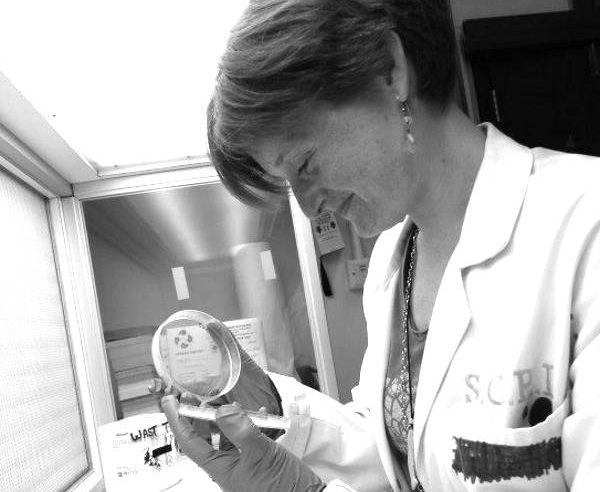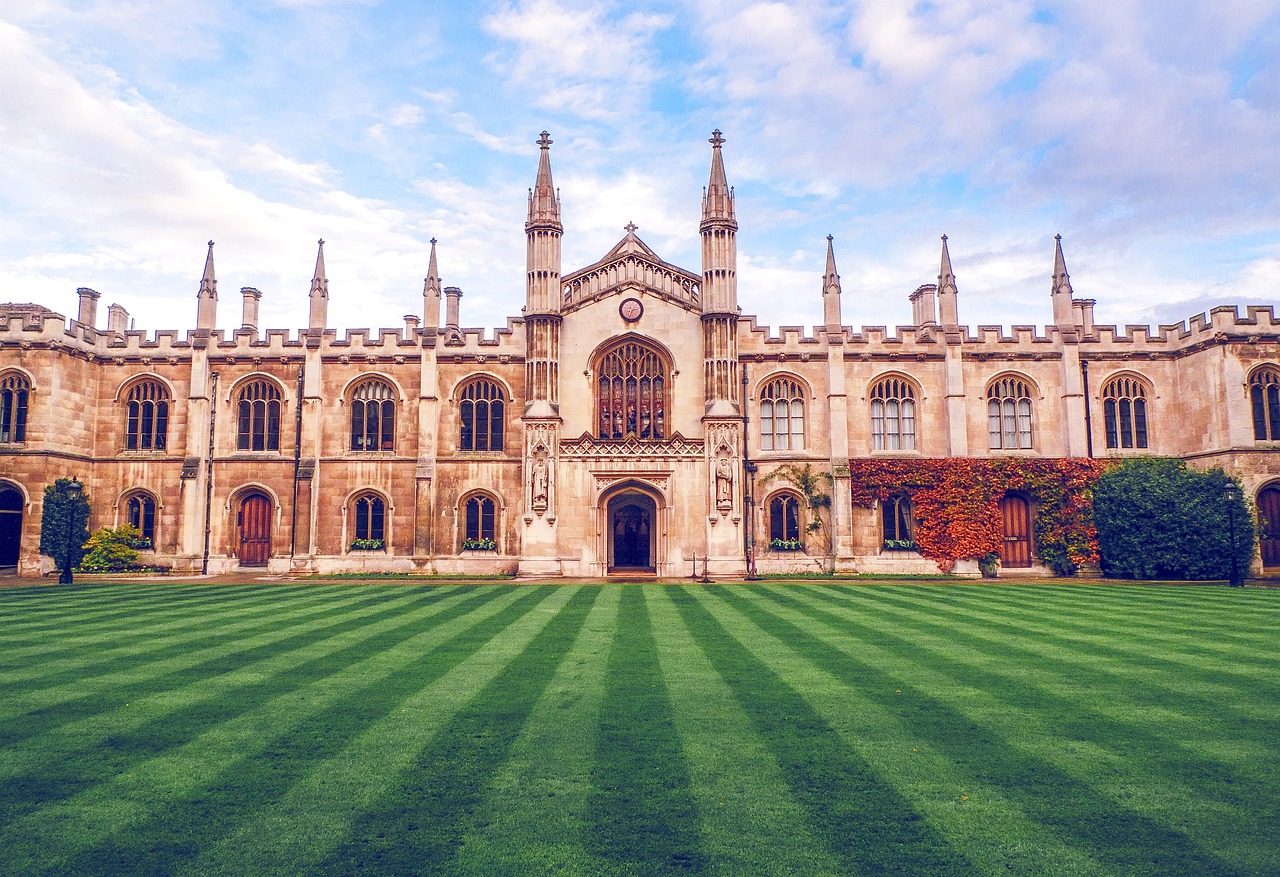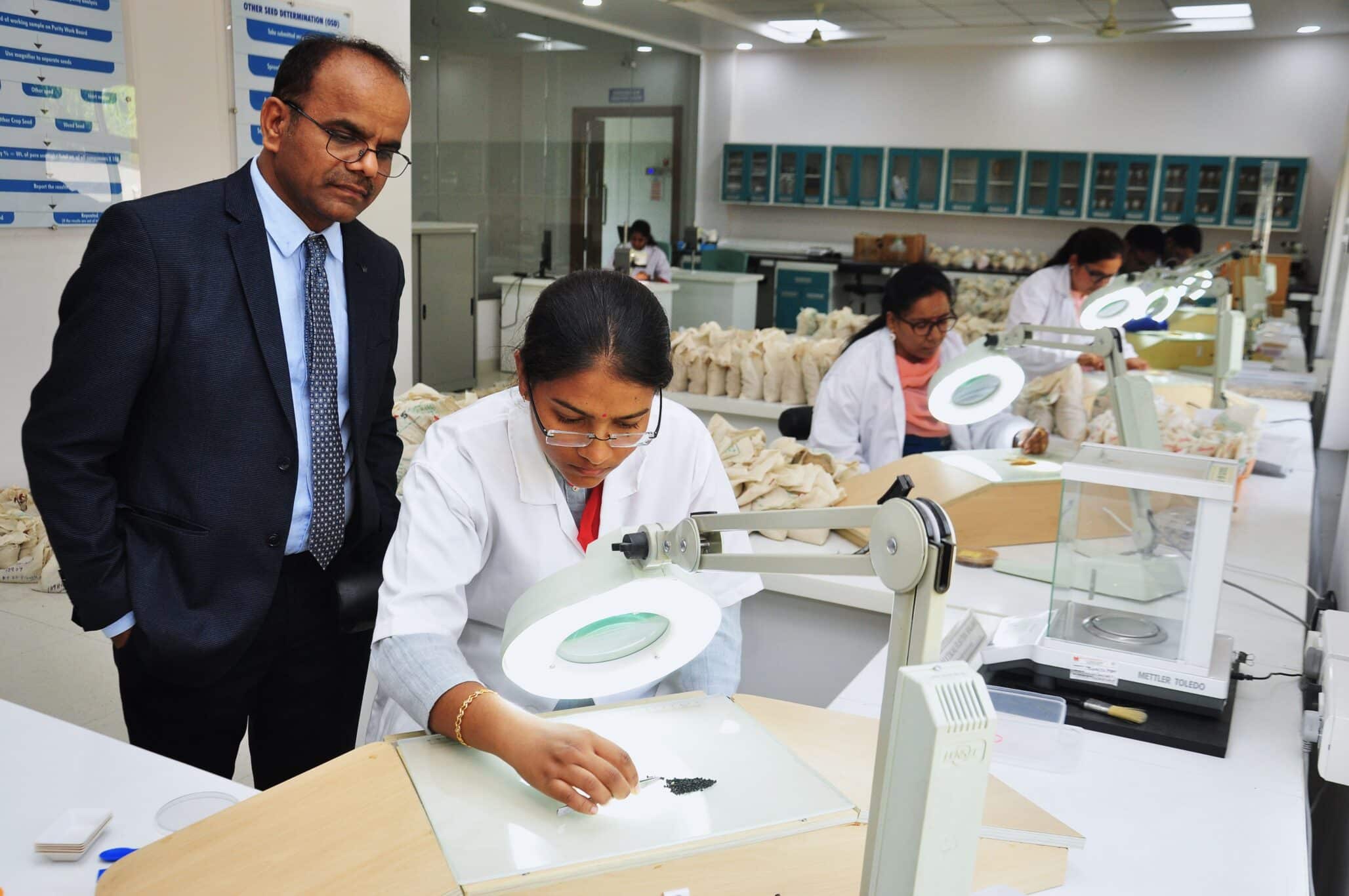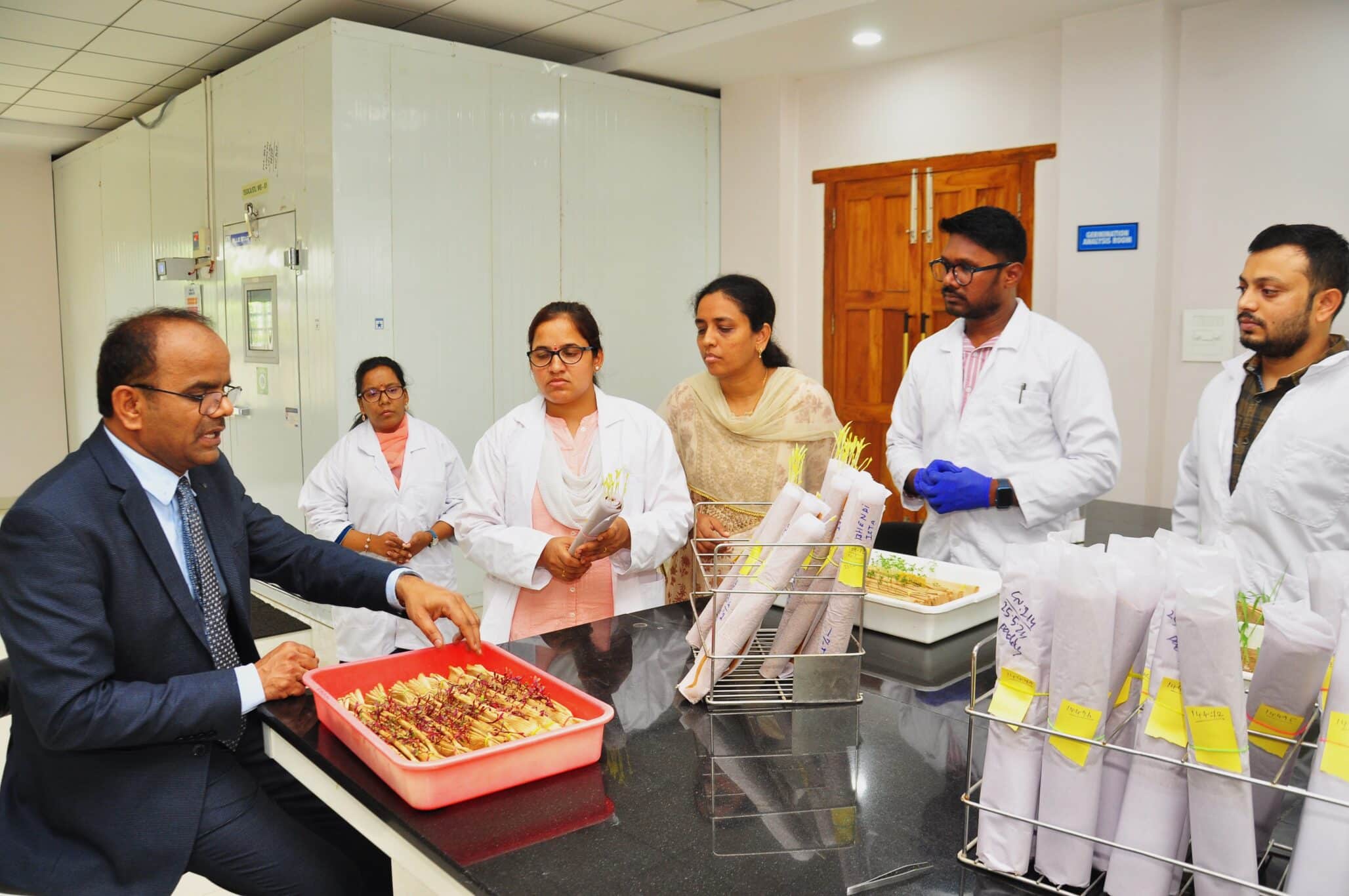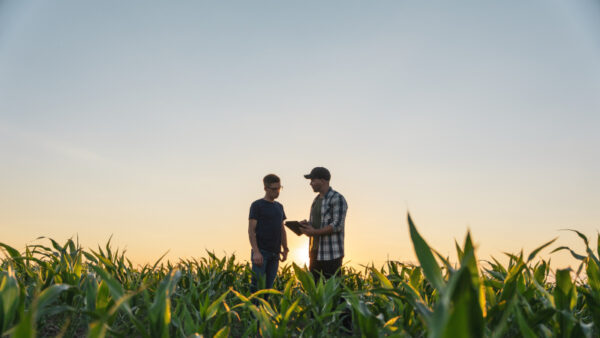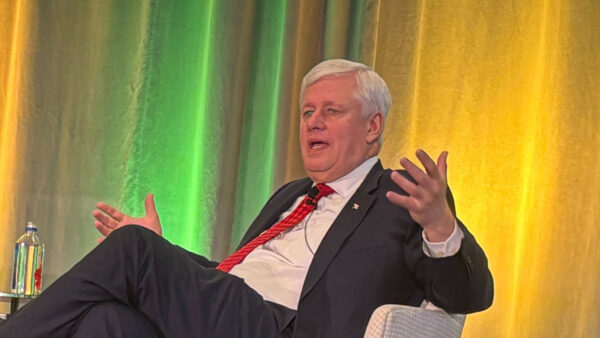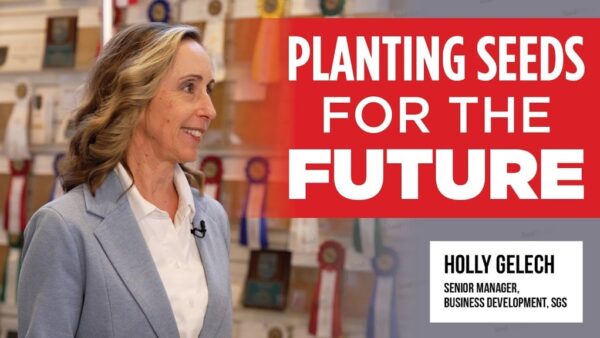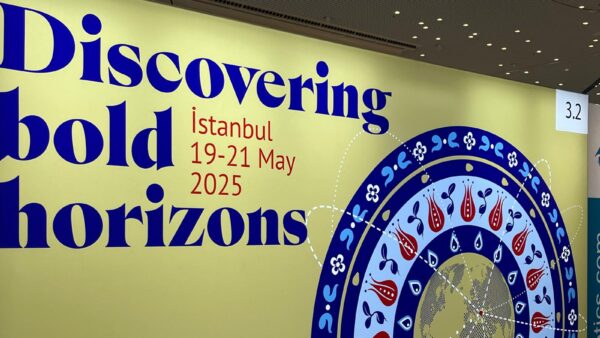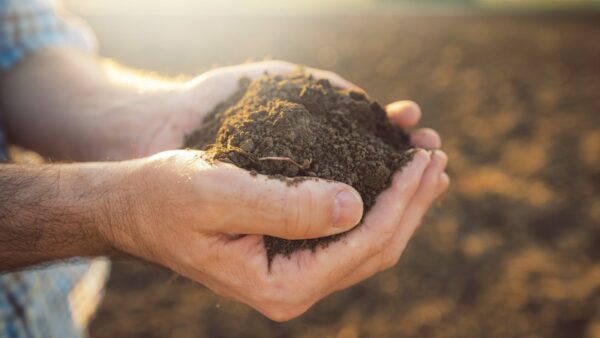Erica Dello Jacovo is a PhD student at the University of Pavia (Italy), and one of the Early Stage Researchers in the Initial Training Network called NASSTEC (Native Seed Science Technology and Conservation). Erica is doing her research at The James Hutton Institute in Scotland (Dundee site) and her project is focused on the development of seed and seedling techniques to characterize and improve their germination and establishment traits. The target species used for her work are wild legume species native to the Scottish grasslands. _x000D_
_x000D_
During the 31st ISTA Congress in Tallinn, Estonia (June 14 – 21, 2016), she gave an oral presentation titled “Perspectives on the conservation and restoration of native wild legumes: the biology and ecology of Astragalus, Oxytropis and Lathyrus species as models”. The focus of the presentation was on the characterization of the morphological and germination traits of Lathyrus linifolius, a wild legume native of Scottish grassland._x000D_
_x000D_
This Q&A is the latest instalment in the International Seed Testing Association’s Fresh in the Field series._x000D_
_x000D_
How and when did you first learn about ISTA?_x000D_
_x000D_
I learned about ISTA from my working colleagues, during the second year of my PhD, as an important organization for seed technology and seed quality control._x000D_
_x000D_
How is ISTA helping you in your daily job?_x000D_
_x000D_
I am studying seeds of wild legumes native to Scotland, trying to test techniques to improve germination and predict seed quality: I use articles and protocols approved from ISTA to find techniques and methods for quality detection of my native legume species. _x000D_
_x000D_
Why did you decide to attend the ISTA Congress in Tallinn last June? _x000D_
_x000D_
I find it really useful for the kind of work I was performing in that period, and also for the networking opportunities it could have given it._x000D_
_x000D_
_x000D_
_x000D_
What are your main takeaways from this event? _x000D_
_x000D_
I got a lot of ideas and new knowledge to apply to my own research, and heard a lot of appreciation for the work I showed during the conference. It was great to see my work is appreciated by an experienced public!_x000D_
_x000D_
Were you able to make some useful connections during the Congress? _x000D_
_x000D_
Absolutely, I had the occasion to meet people that are working in my field. And it was great to share experience and suggestions for future experiments!_x000D_
_x000D_
Would you recommend students and young researchers attend similar events?_x000D_
_x000D_
Definitively, especially any researchers that investigate seed science; between the conferences that I have attended so far (as a seed researcher), I found the ISTA conference the most useful._x000D_
_x000D_
_x000D_
_x000D_
If ISTA should change/improve one thing, what would it be?_x000D_
_x000D_
I found out about ISTA just during my second year of PhD work, and the reason for this is because I am working in a research institute that deals with a broad range of ecological and agricultural investigations; I think that it might be useful to promote ISTA’s work outside circles of seed science researchers because I find a lot of curiosity on seed science in other fields not strictly related to it._x000D_
_x000D_
What is your vision for the future of seed testing?_x000D_
_x000D_
We must make protocols and knowledge of seed science more accessible to a broader public._x000D_
_x000D_


